Any off-road enthusiast knows that bigger tires are one of the best bang-for-the-buck upgrades to improve ground clearance and off-road capability. Large tires also make your truck, Jeep, or SUV look more aggressive.
35-inch tires are a popular upgrade size. 35s will get your truck an additional inch of axle clearance over 33-inch tires and provide improved traction while wheeling. Upgrading to 35’s is not always easy. A lift and other modifications may be needed to make them fit properly. Keep reading to learn whether or not you will need a suspension lift to put 35s on your rig!
It’s All About ClearanceUnsurprisingly, the main challenge that comes with fitting larger tires on a vehicle is clearance. Additional clearance can be obtained through a lift, negative offset wheels, and other suspension/body modifications.
Clearance is needed vertically and horizontally to ensure the tires don’t rub during turns, going over bumps, or driving straight.
A lift is required on most vehicles to accommodate 35-inch tires. The lift size needed can range from 3.5-6 inches. An exception is the new Ford Bronco, which requires no modification to fit 35s. Some trims even come with them from the factory!
The lift your vehicle needs also depends on whether it has an independent front suspension or a solid front axle.
Fender and Wheel Well ClearanceYou will likely need to modify the factory fenders and wheel wells to clear larger tires, especially to achieve full suspension compression. To get the optimal clearance you may need to remove plastic wheel arches and trim the fenders with an angle grinder. These modifications are more common on vehicles with independent front suspension.
Upper Control ArmsRunning 35s can cause the tires to rub on the upper control arms. There are a few things you can do to fix this problem.
Wheel spacers push your wheels out and can reduce UCA rub. Spacers are a cheap option for addressing UCA rub but have some safety risks.
Negative Wheel OffsetRunning a wheel with a negative offset can accomplish the same thing as wheel spacers. Unfortunately, this option requires buying a new set of wheels which can get very expensive quickly.
Upgraded Upper Control ArmsUpgrading your upper control arms to an aftermarket unit can eliminate clearance issues. Most aftermarket UCA’s designed for off-road use will easily accommodate 35-inch tires.
Crash Bar and Pinch WeldsSafety features like the crash bar can cause clearance issues on modern vehicles and may need to be relocated. The pinch weld in the wheel well can also cause problems. Grinding or hammering it down can help.
Other things to considerThe modifications needed to fit 35-inch tires can be extensive, but it doesn’t always stop at suspension and bodywork.
Depending on your vehicle, you may need to consider re-gearing your differential to better accommodate the larger tire size. Otherwise, you may experience sluggish acceleration and poor on-road performance.
Speedometer CalibrationLarger tires will throw off how your speedometer reads. You will need to bring your vehicle to a dealership or shop with the software required to reprogram it.
Get Your Rig Riding on 35s at Scott’s U-Save!If you want to take the plunge and upgrade your truck, Jeep, or SUV to some 35-inch tires, come visit Scott’s U-Save! Determining what you need to fit larger tires can be difficult, but our suspension and wheel experts will guide you through the entire process and help you achieve the goals you have for your rig. We have locations in Steger and New Lenox, Illinois as well as Schererville, Indiana. Give us a call or schedule an appointment online today!
Fitting 35” tires to your truck is no longer a mystery or guessing game.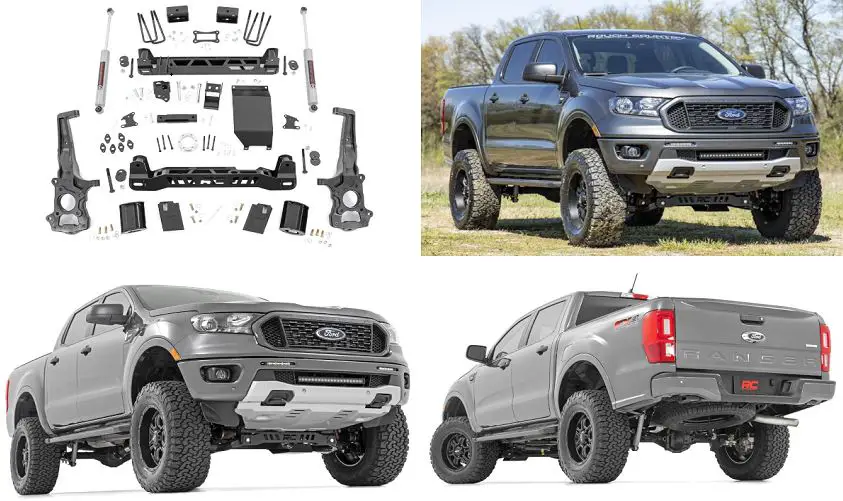 More and more 4WD owners have successfully pulled off this upgrade, so we know what is expected if you want to join the 35” club. There are quite a few facts you need to be aware of so hopefully, this article will give you a better idea of what’s involved.
More and more 4WD owners have successfully pulled off this upgrade, so we know what is expected if you want to join the 35” club. There are quite a few facts you need to be aware of so hopefully, this article will give you a better idea of what’s involved.
Fitting 35” tires to your truck requires a suspension upgrade of 3.5”-6” depending on the vehicle and if it’s an IFS or SFA front suspension. Other requirements for 35” tires could include:
There’s no doubt that 35” tires will totally transform the look and performance of your vehicle. There are, however, a few pros and cons when doing this upgrade, which we’ll look at in more detail next.
Table of Contents
There are many benefits to fitting 35” tires such as improved looks, improved aesthetics, and they just look so SWEET, lol.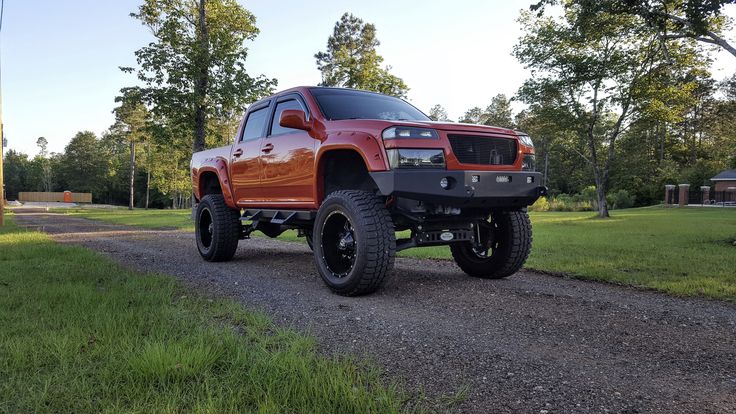 As an added benefit, you get increased ground clearance, more surface area contact which equates to better traction both on and off-road. Being 35” tires, they also have thicker sidewalls which allow you to carry heavier loads and are more durable than smaller, thinner tires with better puncture resistance.
As an added benefit, you get increased ground clearance, more surface area contact which equates to better traction both on and off-road. Being 35” tires, they also have thicker sidewalls which allow you to carry heavier loads and are more durable than smaller, thinner tires with better puncture resistance.
Unfortunately, it’s not all roses, and there is a downside as in the case with most upgrades. 35” tires are heavy, Period. This means the unsprung weight is increased, which means a decrease in MPG’s. Yep, you’ll pay more at the pumps!
35”s in most cases with IFS trucks, requires quite a bit of trimming, cutting, and grinding away plastic fender liners, body mounts, and pounding away to create more clearance inside the wheel wells. In some instances, you’ll have to do a full BMC (Body Mount Chop) as in the case of the 3rd Gen Tacoma’s, which you can read about here. This almost always happens when running 33” tires, so you can expect it to happen with 35’s. A cab mount chop will need to be performed to eliminate this or you can opt for full relocation kits. Aftermarket cab mount relocation kits are your best option since they will allow for the most clearance.
A cab mount chop will need to be performed to eliminate this or you can opt for full relocation kits. Aftermarket cab mount relocation kits are your best option since they will allow for the most clearance.
In most cases, at full compression, the tires rub along the interior perimeter and at the top during full compression. Tires will rub at the maximum limits of where the truck’s body runs within the wheel well. Factory flares will require trimming along the entire length of the wheel well to avoid rubbing, so get familiar with your angle grinder. The obvious move here is to remove the fender liner, although not practical if you are concerned about dirt collecting inside the wheel well.
In many cases, with modern vehicles, there are safety features built into the bumpers, so you’ll need to do front crash bar removals as in the case of the Ford Rangers. Then there’s also the pinch weld, which will need to be grinded and pounded flat.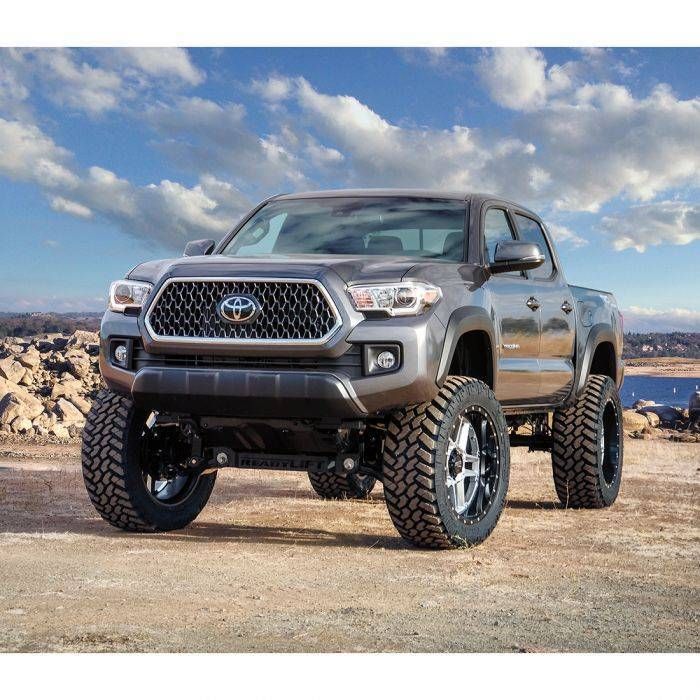 This is a welded piece of the body that protrudes into the wheel well and interferes with the tires. This usually happens during compression on all oversized tires.
This is a welded piece of the body that protrudes into the wheel well and interferes with the tires. This usually happens during compression on all oversized tires.
But in all cases, without a doubt, you’ll need to spend some cash on an aftermarket suspension, which means increased costs on this project. In some instances, even a body lift or leveling kit will be required, it all varies from vehicle to vehicle and factors such as, how big the factory arches are, the shape of the arches, and clearance inside the wheel wells.
Click here for a full list of 3” suspension components on Amazon
Other cons to fitting 35’s will include more strain on your drivetrain system, which in many cases means a decrease in performance and the need to re-gear your diffs to try and salvage some power and MPGs.
The factory standard gear ratios of your differentials will result in your truck feeling slower on-road and more sluggish off-road. The only way to minimize this effect is to modify the diff gear ratios.
The only way to minimize this effect is to modify the diff gear ratios.
In the case of a 3rd Gen Tacoma, the stock gears are quite long and rather poorly set up in standard form, so you will need to bump it up to 529. This is the ideal ratio to get the gearing and RPM back, or as close to the factory feeling again.
Aftermarket UCA’s
Then there’s UCA’s that will need upgrading since the wider, fatter 35’s will require more UCA clearance in order to fit properly. The cheapest and quickest solution to cure this is to add a 1” wheel spacer. Alternatively, negative offset wheels with more backspacing are required when fitting 35s, especially if the spacers are not enough. Aftermarket UCAs are designed to take larger tires and will provide enough clearance to fit 35s. UCAS will also help with improving the caster angle. Combine this with an aftermarket rim with a more negative offset and you should be good.
If you already have a high clearance front bumper, you won’t have to worry about scrubbing at full lock.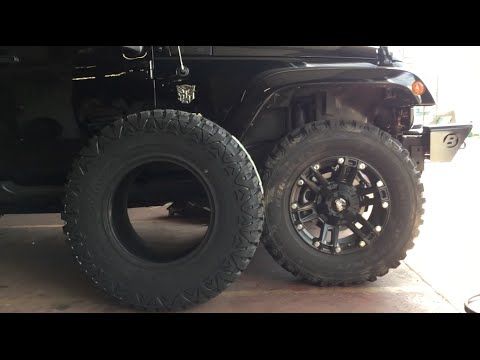 If not, you’ll either have to cut and trim and pound your beloved truck or invest in an aftermarket front bumper, since most aftermarket bumpers can easily run 35s without further modifications since they are designed with larger tires in mind.
If not, you’ll either have to cut and trim and pound your beloved truck or invest in an aftermarket front bumper, since most aftermarket bumpers can easily run 35s without further modifications since they are designed with larger tires in mind.
Fitting 35” tires do not require a crazy amount of modifications. It starts with an aftermarket suspension with the minimum lift of 2.5” inches, and 3 inches is recommended for off-road. You will require a lift, negative offset rims and you’ll need to do some other modifications, which you can read in more detail here.
On the rear, it’s a straightforward fit with no clearance issues. You can get full tuck on the rear without any hassles. You can trim the wheel arch for improved clearance, however, you will lose your wheel arch liners.
Also, you need to remember the front wheels don’t only move left and right when turning, but there’s also some forward and backward movement.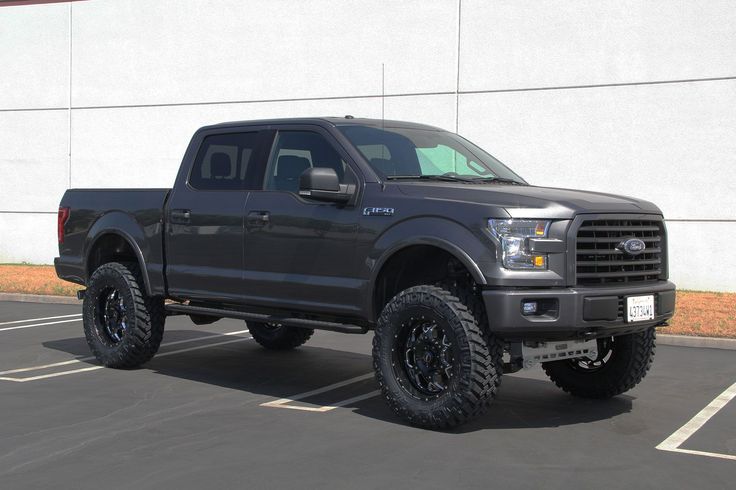 This is why you get scrubbing at full lock when turning and why it’s necessary to do CMC’s and trimming of the pinch weld.
This is why you get scrubbing at full lock when turning and why it’s necessary to do CMC’s and trimming of the pinch weld.
When upgrading to 25’s on a Jeep Wrangler you will need a minimum lift of 2.5 inches for decent clearance or a 3.5-inch lift to retain maximum articulation off-road. The Wrangler’s suspension geometry will be thrown out with such a big lift and you’ll then need to rectify it by installing aftermarket front and rear track bars and at least upper or lower front control arms to realign the front axle under the Jeep. Your springs, sway bar links and brake lines will all need to be modified to accommodate the bigger lift.
There are claims that you can run 35s with only 4” of lift, however, there will be a fair amount of trimming involved. When lifting a Sierra/Silverado you ideally want to go for a 6” lift. This will avoid unnecessary trimming and cutting. The wheel offset also plays a role and how wide they are and how much backspacing they have. For example, if you are running 325/60r20 with a 6” lift, you’ll still need to trim the front air dam for them to not rub. You would definitely need at least 4 inches to run 35×12.5 tires and you would need a 9-inch wide rim with around 0 offsets for this to work. The wider the rims, i.e. 12 wide rims, will require a 6-inch lift as the offset will be around -44 which will push the tires out a lot.
The wheel offset also plays a role and how wide they are and how much backspacing they have. For example, if you are running 325/60r20 with a 6” lift, you’ll still need to trim the front air dam for them to not rub. You would definitely need at least 4 inches to run 35×12.5 tires and you would need a 9-inch wide rim with around 0 offsets for this to work. The wider the rims, i.e. 12 wide rims, will require a 6-inch lift as the offset will be around -44 which will push the tires out a lot.
Most Rangers I’ve seen online are running 35’s on a 6-inch lift with minimal cutting and trimming. I think you’ll be doing a lot of trimming, trying to fit 35’s under these trucks with only a level.
However, to successfully run 35’s on a Ford Ranger requires all of the below:
The best and most efficient tire changer is the new WP crane based tire lift. The working environment in garages, tire shops, seasonal tire storage centers, tire warehouses is very often an “ergonomic nightmare”.
The working environment in garages, tire shops, seasonal tire storage centers, tire warehouses is very often an “ergonomic nightmare”.
Tire workers are constantly faced with climbing and turning with heavy and uncomfortable loads in their hands.
EdmoLift has found the solution to this problem - the perfect tool - the Tire Wheel Lift.
This is a great product that allows your employees to work harder and more efficiently. At the same time, the tire lift protects the health of workers, helps to avoid industrial injuries in the form of pain in the back and arms, and sprains. Until now, there were no really good tools on the market for collecting, moving, lifting and laying tires - all this work was done by hand. Workers sorting and storing tires often complain of pain in their backs, arms, and sprains. Under this explanation, many of them can take sick leave, and as a result, the organization loses from the absence of an employee in the workplace. You have to hire another employee, and often, just redistribute the load between the remaining ones, exposing their health to greater danger.
| This tire lift kit features a lightweight, manoeuvrable and ergonomic mobile handcart for moving the tire and wheel kit around the site. Our wheeled tire lifters have changed that. They easily move the tires around the area, raise the tires to a predetermined height and easily place them on the rack. Our wheeled tire lifts are especially valuable when a large number of tires are placed in and around the workplace – like in seasonal tire warehouses. TECHNICAL SPECIFICATION |
Mast made of anodized aluminium, load carriage made of steel with precision ball bearings, manipulators equipped with powerful energy efficient 24V DC motors, carriage driven by steel belts, supplied with built-in charger.
Once again, the EdmoLift Tire Wheel Lift is not only a tool to improve the efficiency of many tire handling workflows, but also a powerful way to improve the ergonomics of the workspace, thereby maintaining the health of workers and saving on hospital and professional treatment costs. injuries.
When using the EdmoLift tire lifter, working with even large tires will not cause any inconvenience.
| Model | Art. No. | Load capacity, kg | Height, mm | Lifting height, mm | Length, mm | Width, mm | Lifting time, mm/s | Battery | Charging | Weight, kg |
| WP 130WL | 88270 | 130 | 1710 | 1350 | 510 | 1990 | 125 | 24V 9Ah | 2A/24V | 80 |
List of documents on the entry into force, cancellation of the classifier, making important changes. Please note that not all official documents on the classifier are shown, but only the most significant ones.
Please note that not all official documents on the classifier are shown, but only the most significant ones.
 14-st dated January 31, 2014 with paragraph 15 on the introduction of collective classification groups for OKVED 2 and OKPD 2.
14-st dated January 31, 2014 with paragraph 15 on the introduction of collective classification groups for OKVED 2 and OKPD 2. Orders regarding changes in the classifier ( additions, deletions, and corrections of data) are listed in the change list tab.
A total of 72 changes have been approved for the classifier, the list shows the last 70.
 21.2022 No. 486-st
21.2022 No. 486-st 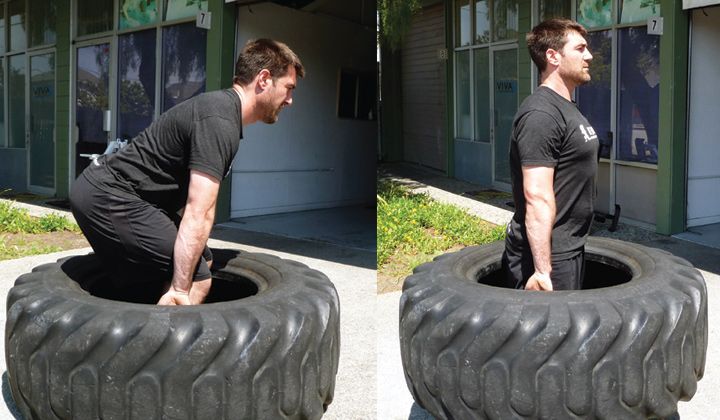 10.2021 No. 1083-ST
10.2021 No. 1083-ST 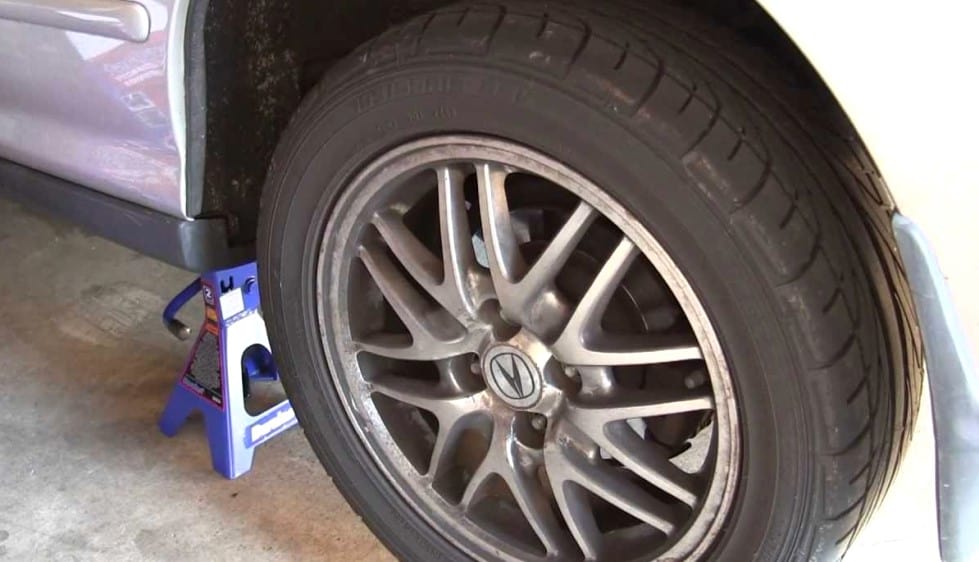 1426-v.
1426-v.  1145-st
1145-st 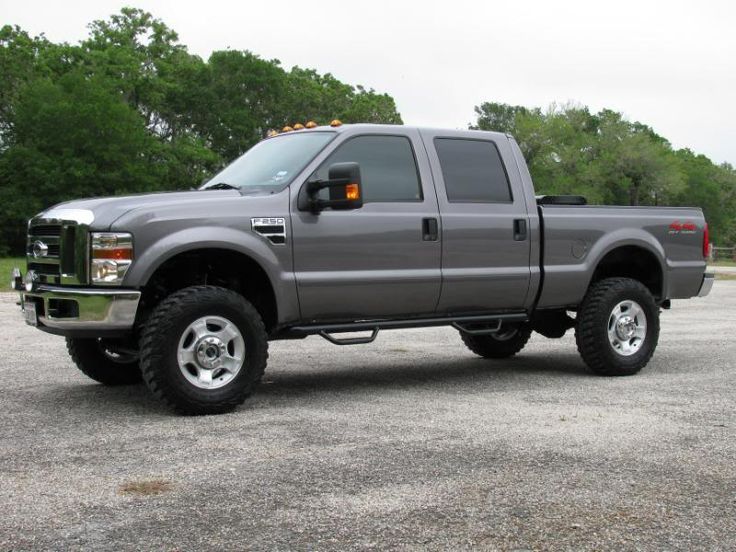 784-st
784-st 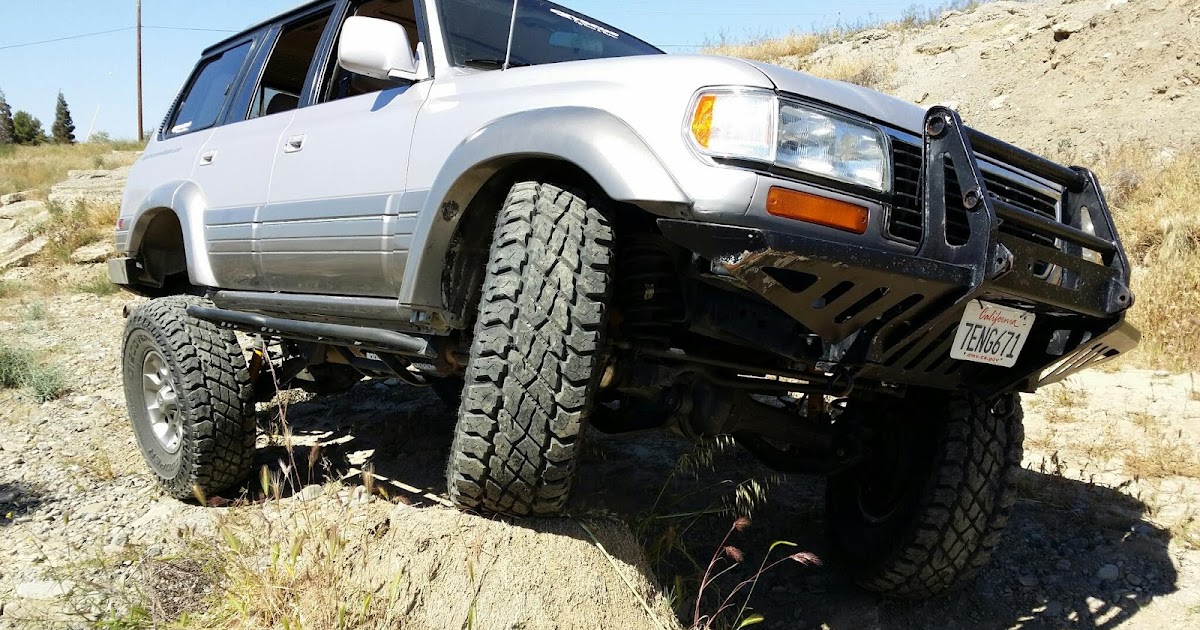 200026
200026  1324-ST
1324-ST  310-V.
310-V. 